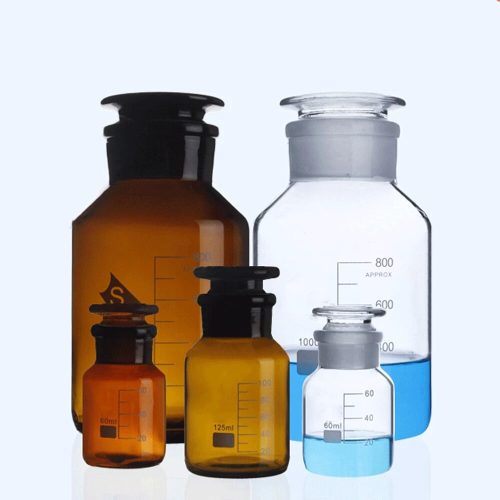Borosilicate glassware has a rich history and has been an essential component of laboratories and various industries for many decades. While its unique properties have made it a staple in scientific research and industrial processes, it has also evolved over time, adapting to new challenges and demands. In this article, we’ll explore the evolution of borosilicate glassware, recent innovations, and future trends in its applications.
1. A Brief History of Borosilicate Glassware
The history of borosilicate glassware dates back to the late 19th century. It was first developed by German glass manufacturer Otto Schott in the 1880s. The introduction of boron trioxide into the glass composition marked a significant advancement. The resulting borosilicate glass possessed superior thermal and chemical resistance, making it ideal for laboratory use and industrial applications.
2. Innovations in Borosilicate Glassware
Over the years, borosilicate glassware has seen several innovations that have expanded its applications and improved its performance:
- Advanced Shapes and Designs: Innovations in glassblowing techniques have enabled the creation of complex shapes and designs, allowing for specialized laboratory equipment tailored to specific experiments.
- Precision Manufacturing: Advanced manufacturing processes have improved the precision and consistency of borosilicate glassware, ensuring accuracy in measurements and experiments.
- Coating Technologies: The development of specialized coatings has enhanced the resistance of borosilicate glassware to aggressive chemicals and increased its durability.
- Customization: Customization options are now available, allowing researchers and industries to order glassware tailored to their specific needs and applications.
3. Current Applications of Borosilicate Glassware
Borosilicate glassware is widely used in various fields, including:
- Scientific Research: Laboratories rely on borosilicate glassware for its precision, chemical resistance, and ability to withstand extreme temperature variations.
- Pharmaceuticals and Healthcare: It is crucial in pharmaceutical production, laboratory diagnostics, and biotechnology applications.
- Food and Beverage Industry: For quality control, distillation, and fermentation processes.
- Environmental Monitoring: In the analysis of environmental samples and water testing.
- Petrochemical Industry: For chemical analysis, distillation, and reactions in the production of petrochemical products.
4. Future Trends
The future of borosilicate glassware holds promise as it continues to evolve to meet the demands of cutting-edge research and technology. Some emerging trends include:
- Nanotechnology Applications: As nanotechnology advances, borosilicate glassware is likely to find new uses in nanoscale research and applications.
- Clean Energy: Its resistance to high temperatures and thermal stress makes borosilicate glassware valuable in clean energy technologies, such as solar panels and fuel cells.
- Advanced Coatings: Further advancements in coatings and surface treatments will enhance the glassware’s resistance to harsh chemicals and extend its lifespan.
- Sustainability: There is growing interest in sustainable glassware manufacturing processes and the use of recycled materials, contributing to a more environmentally friendly industry.
In conclusion, the evolution of borosilicate glassware has been marked by a history of innovations and adaptations to changing needs. Its remarkable properties have ensured its enduring relevance in scientific research and industry. As technology and research continue to progress, borosilicate glassware will likely play a crucial role in future discoveries and advancements, making it an exciting and ever-evolving field to watch.


